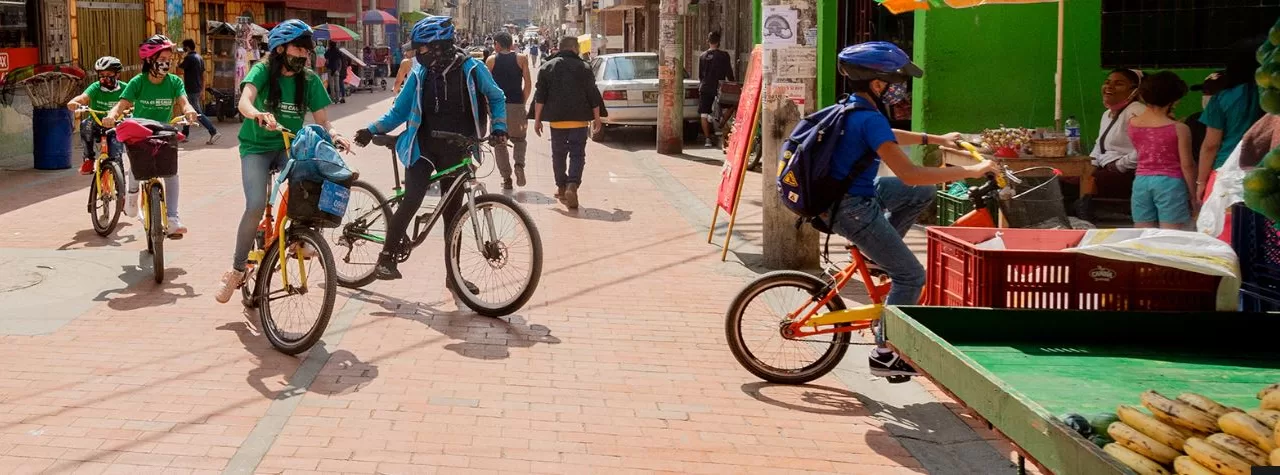
Right in front of us but so often overlooked, road crashes kill more than 1.3 million people every year – more than two every minute – with nine in ten deaths occurring in low and middle-income countries. Road traffic crashes remain the leading cause of death for children and youth aged 5-29 worldwide.
Yet with a renewed determination to end these preventable tragedies, in 2020 the United Nations General Assembly adopted a resolution to proclaim the UN Decade of Action for Road Safety 2021–2030, with a goal of halving road crash deaths and injuries globally by 2030.
WHO and partners then developed a Global Plan to meet this crucial target, calling for a fundamental shift in how we approach mobility that puts safety first, adopts a wholistic approach to our mobility systems and ensures that all stakeholders meet their responsibilities. Aimed at senior policy makers, it offers a blueprint to create national and local road safety plans and targets.
In a first-of-its-kind global summit in Sweden this week, Heads of National Road Safety Agencies from nearly 100 countries are coming together to advance their road safety strategies, and share knowledge and experience to aid each other in reducing road crash deaths and injuries.
It is crucial that we seize the moment of this landmark gathering and turn global momentum into real-life advances on the ground. In this respect, we must:
- Develop clear, measurable targets to reduce deaths and injuries, especially for the most vulnerable road users such as pedestrians, cyclists and motorcyclists.
- Share best practices on establishing coordination mechanisms to achieve road safety targets, ensuring systematic engagement with all stakeholders at all levels, including from transport, health, education, finance, the environment and infrastructure sectors.
- Move towards a clear roadmap for the global network of heads of road safety agencies, including sharing knowledge and experience among regions and countries.
The Global Plan calls for us to move an old model of drab, dirty and dangerous streets built for cars, to safe, green and vibrant spaces designed and built for people.
By making walking and cycling safe, we can reduce air pollution, respiratory diseases and help fight climate change. By prioritising the safety of vulnerable road users like pedestrians and cyclists, we can reduce poverty and tackle inequalities, including access to jobs, schools and gender equality.
Health is a fundamental human right, and avoiding being killed or injured as we go about our daily lives is key to that. Safe mobility also underpins many other aspects of public health, development and the 2030 sustainable development agenda for people, planet and prosperity.
Momentum is growing. Political will is rising. The time for action for governments and societies to end road crash deaths and injuries, and to help secure a safer, healthier and better for future for all, is right now.











